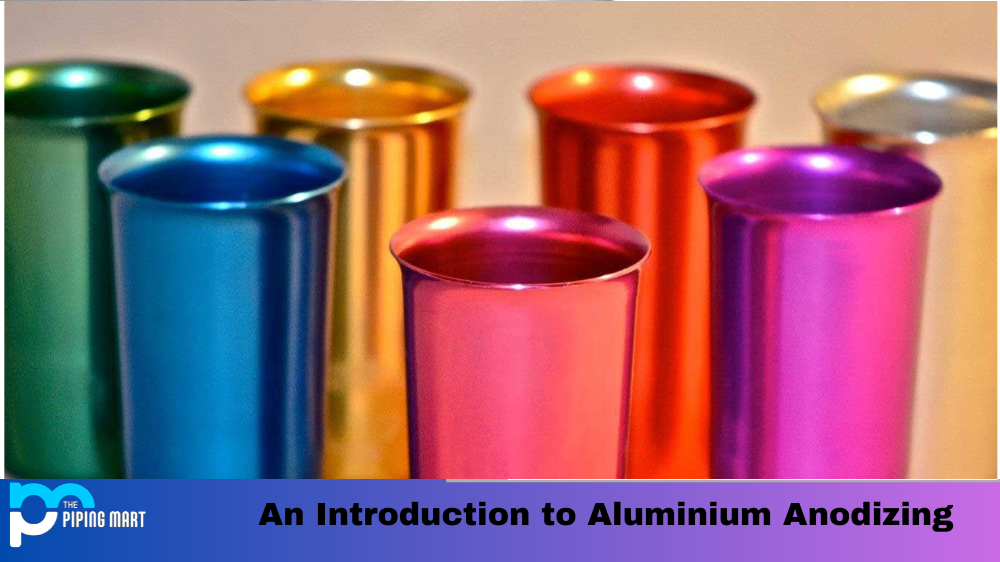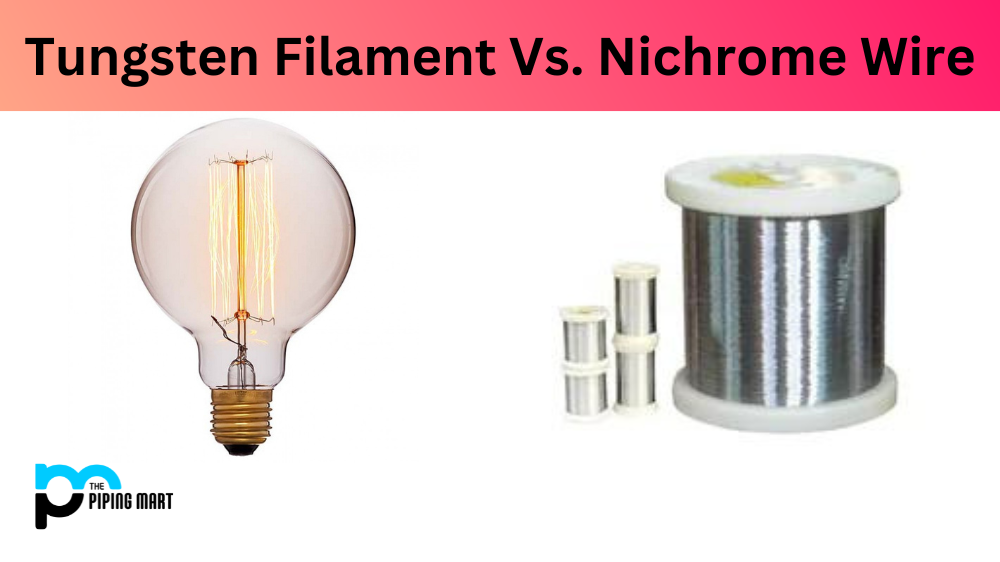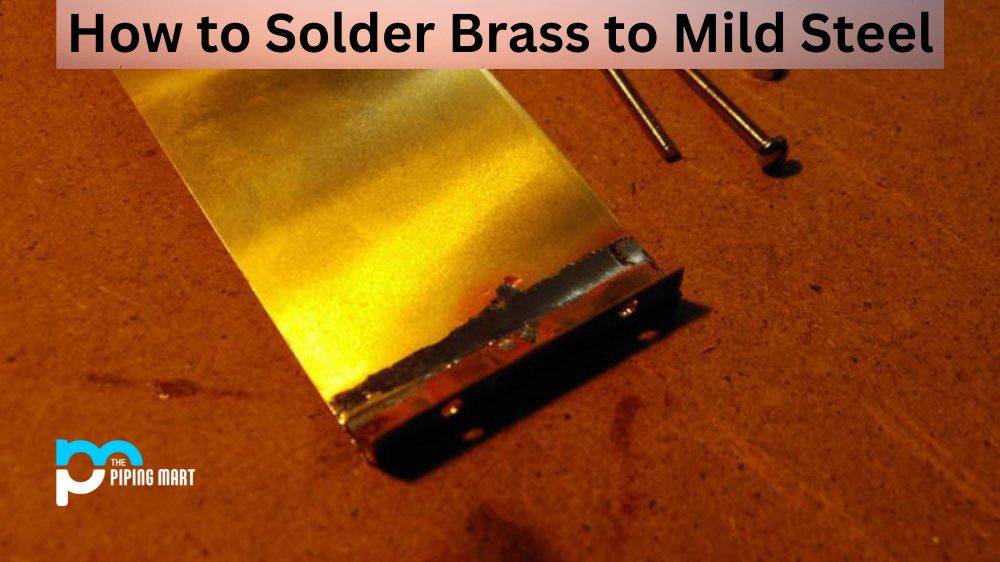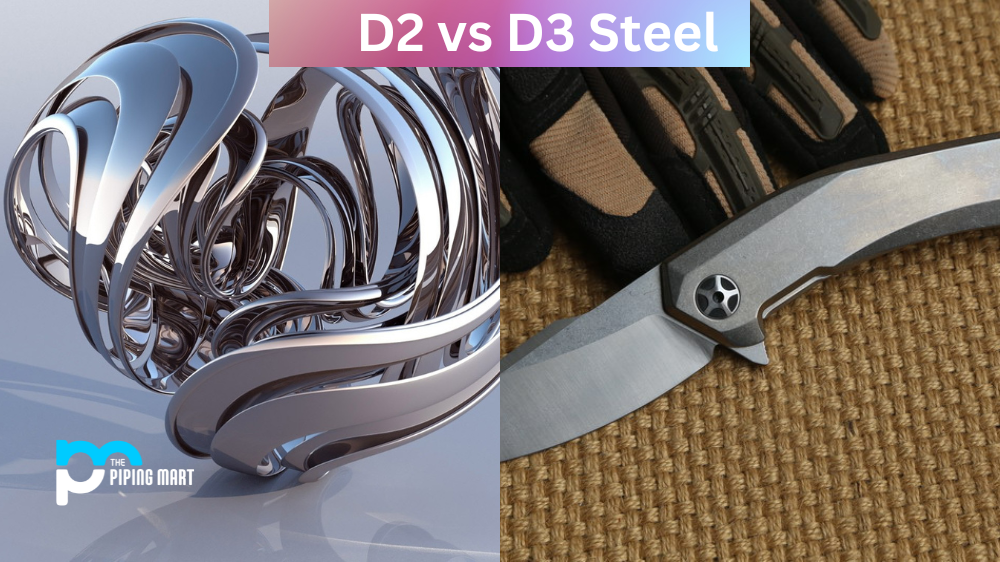Anodizing is a process of coating aluminum, alloy, or other metals with an oxide layer. This oxide layer is used to improve the durability, corrosion resistance, and aesthetic look of the metal it is being applied to. Due to its superior properties and low cost, anodizing is widely used in many industries such as automotive, electronics, and aerospace. But what exactly is anodizing? Let’s take a closer look at the basics of aluminum anodizing.
Aluminium Anodizing
Anodizing involves using electrical current to create an oxide layer on aluminum or other metals. The process begins by submerging the metal into an electrolyte solution – typically sulfuric acid – and then passing a direct current through it. This causes oxygen ions from the solution to be attracted to the positive electrode, which sets up a reaction between the oxygen ions and the aluminum surface. The result is an oxide layer that forms on top of the metal surface.
This oxide layer has several benefits for aluminum surfaces including improved corrosion resistance, increased hardness, improved electrical insulation properties, and improved aesthetic appearance. It also acts as a protective barrier against environmental elements such as ultraviolet (UV) radiation from sunlight and chemical exposure from saltwater or certain cleaning agents. Furthermore, because it provides a consistent finish across all surfaces, it helps reduce manufacturing costs since fewer post-treatment processes are needed.
Benefits of Aluminium Anodizing
Aluminum anodizing provides numerous benefits compared to other coatings such as paint or powder coating. It creates a much harder surface than either of those two coatings which means it’s more resistant to wear and tear over time as well as scratching or abrasion damage caused by everyday use or harsh elements like salt water exposure or extreme temperatures. Additionally, aluminium anodized parts are easier to clean since dirt won’t stick to them as easily as with other coatings like paint that can accumulate dirt over time if not properly maintained. Finally, anodized aluminium parts don’t need any special primers before application making them cheaper in terms of labor costs associated with preparation and application processes compared to many other coatings available today.
Anodized aluminum uses
- Anodized aluminum is used in a variety of applications, including cookware, food storage containers, and utensils.
- Anodized aluminum is also used in the construction of some kitchen appliances, such as dishwashers and refrigerators.
- Anodized aluminum can also be found in a number of popular consumer products, such as cell phones and laptops.
- Anodized aluminum is also used in a variety of industrial applications, such as in the production of electrical components and machinery.
- Anodized aluminum is also used in the construction of some aircraft and spacecraft.
Conclusion
Anodizing is essential for extending the life cycle of aluminum products while improving their performance characteristics such as corrosion resistance and aesthetics. By understanding how this process works and its various benefits, you can make sure your next project stands up against whatever environment you throw at it without sacrificing style or performance! Whether you’re working on something small like custom jewelry pieces or large-scale projects like boats or automobiles – understanding how aluminium anodizing works will help ensure you get the most out of your project every step of the way!

A passionate metal industry expert and blogger. With over 5 years of experience in the field, Palak brings a wealth of knowledge and insight to her writing. Whether discussing the latest trends in the metal industry or sharing tips, she is dedicated to helping others succeed in the metal industry.




